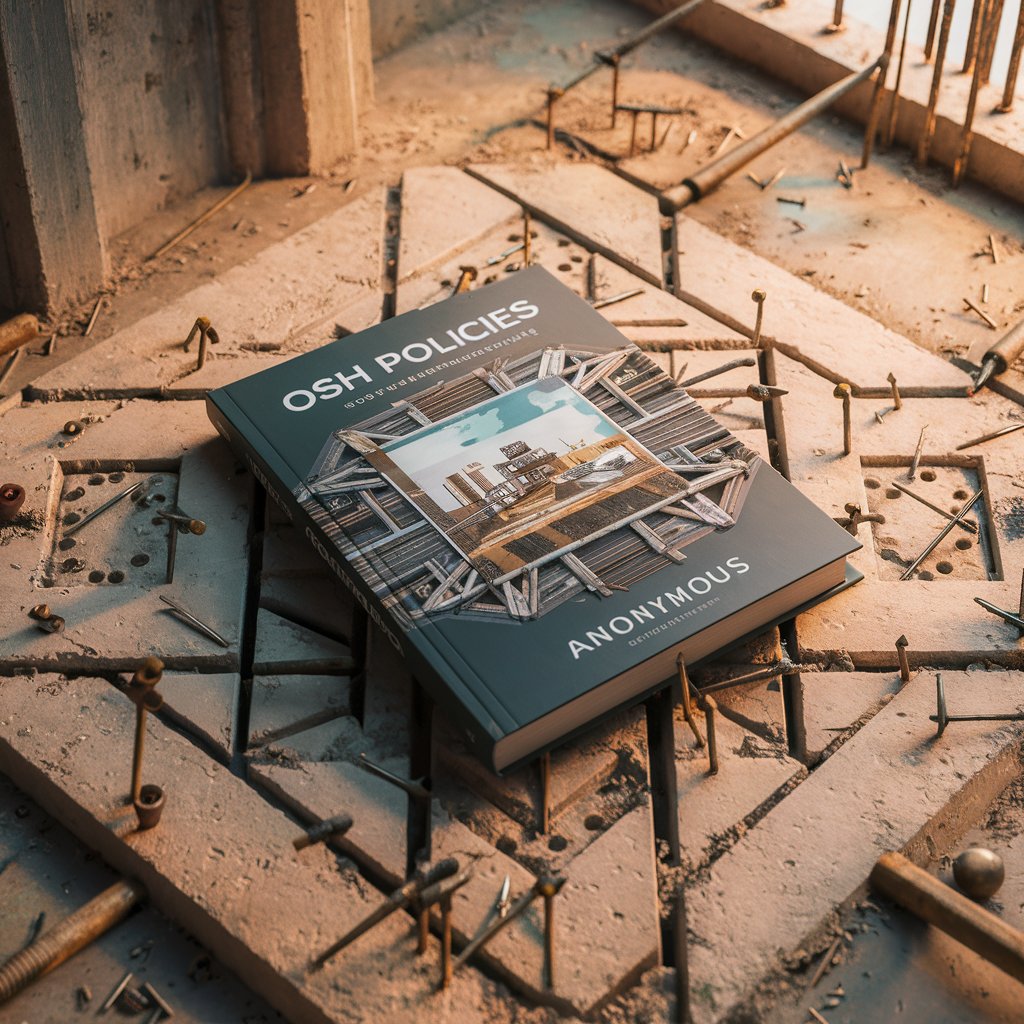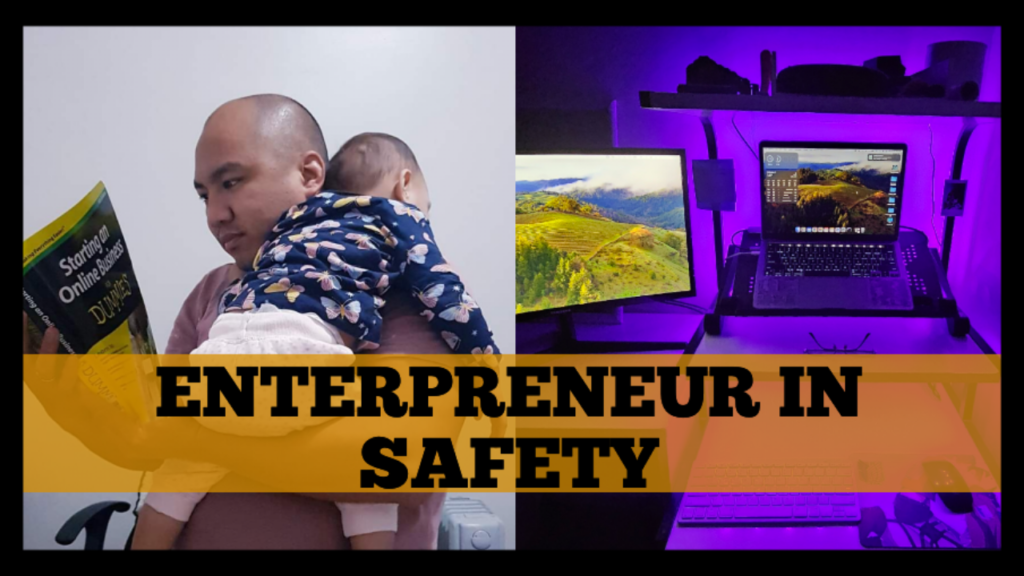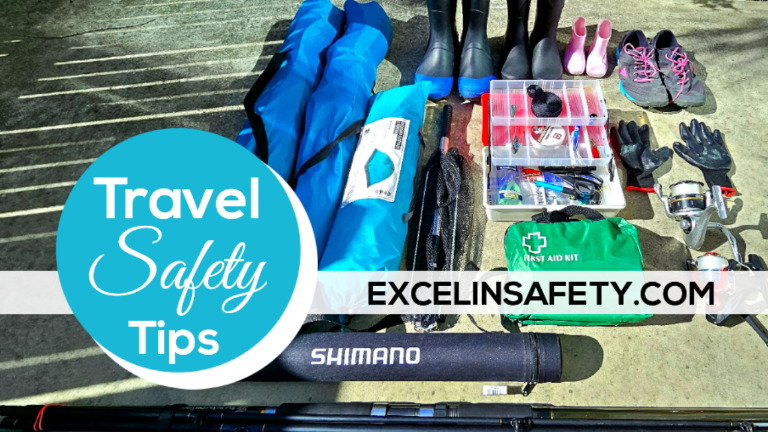Introduction:
Tabletop drills are essential tools for assessing and enhancing an organization’s readiness to respond to various emergencies or crises. Whether you’re preparing for natural disasters, cybersecurity breaches, or public health emergencies, tabletop drills provide a structured environment for testing response plans, identifying weaknesses, and improving coordination among stakeholders. This guide aims to provide a step-by-step approach to organizing and executing tabletop drills effectively.
1. Pre-Planning Phase:
Before diving into the drill, thorough pre-planning is crucial to ensure its success. This phase involves several key steps:
Define Objectives: Clearly outline the goals and objectives of the tabletop drill. What specific scenarios do you want to simulate? What are the desired outcomes?
Establish Participants: Identify the individuals or teams who will participate in the drill. This may include key decision-makers, department heads, external partners, and subject matter experts relevant to the scenario.
Select Facilitators: Appoint experienced facilitators who can guide the participants through the exercise, maintain focus, and ensure that the drill stays on track.
Develop Scenario: Design a realistic and challenging scenario that aligns with the objectives of the drill. Consider potential threats, vulnerabilities, and consequences relevant to your organization.
Create Materials: Prepare all necessary materials, including briefing documents, response plans, maps, and any other resources needed to simulate the scenario effectively.
2. Execution Phase:
Once the pre-planning phase is complete, it’s time to execute the tabletop drill. Follow these steps to ensure a smooth and productive exercise:
Brief Participants: Start the drill by providing a comprehensive briefing to all participants. Clearly communicate the scenario, objectives, ground rules, and expectations for the exercise.
Scenario Introduction: Introduce the scenario to the participants, setting the context and explaining the initial situation. Encourage participants to suspend disbelief and engage as if the scenario were real.
Simulation: Guide the participants through the simulation, presenting them with challenges, dilemmas, and new information as the scenario unfolds. Encourage active participation, critical thinking, and collaboration among teams.
Facilitated Discussions: Throughout the drill, facilitate discussions and debriefings to explore participants’ responses, decisions, and actions. Encourage reflection on strengths, weaknesses, and areas for improvement.
Problem-Solving Exercises: Introduce problem-solving exercises or injects to simulate additional complications or unexpected developments. These exercises help participants think on their feet and adapt their strategies accordingly.
Time Management: Manage the time effectively to ensure that the drill stays on schedule. Allow sufficient time for discussions, but also keep the exercise moving forward to cover all planned scenarios.
3. Post-Drill Evaluation:
After the tabletop drill concludes, conduct a thorough evaluation to assess its effectiveness and identify lessons learned. Follow these steps:
Debriefing Session: Facilitate a comprehensive debriefing session with all participants to discuss their experiences, observations, and insights during the drill. Encourage open and honest feedback.
Evaluate Performance: Evaluate the performance of individuals, teams, and the organization as a whole during the drill. Identify strengths, weaknesses, and areas for improvement in communication, decision-making, and coordination.
Document Findings: Document key findings, lessons learned, and recommendations resulting from the drill. This documentation serves as a valuable reference for future planning and preparedness efforts.
Action Plan Development: Based on the findings of the evaluation, develop an action plan outlining specific steps to address identified weaknesses and enhance emergency response capabilities.
Continuous Improvement: Incorporate lessons learned from the tabletop drill into ongoing training, exercises, and emergency response plans. Continuously review and update preparedness measures to adapt to evolving threats and challenges.
Materials Needed:
- Briefing documents outlining scenario and objectives
- Response plans and procedures relevant to the simulated scenario
- Maps or floor plans of the organization’s facilities
- Communication tools (e.g., radios, phones, messaging apps) for coordination during the drill
- Evaluation forms or surveys to gather feedback from participants
- Writing materials for note-taking and documentation
Communicating Activity to Employees:
- Send out a preliminary announcement detailing the purpose and schedule of the tabletop drill.
- Provide employees with briefing documents or summaries outlining the scenario and their roles in the exercise.
- Conduct pre-drill meetings to answer any questions and ensure everyone understands their roles and responsibilities.
- During the drill, use communication tools to relay updates, instructions, and injects to participants.
- After the drill, hold a debriefing session to discuss the experience, lessons learned, and areas for improvement with all employees involved.
Read this article on how to create Effective Safety and Health Communication Letter
Tabletop drills are tools for testing and improving an organization’s readiness to respond to emergencies and crises. By following the steps outlined in this guide and ensuring you have the necessary materials and effective communication strategies in place, you can organize and execute tabletop drills that enhance coordination, decision-making, and resilience across your organization. Remember, preparedness is a continuous process, and regular drills are essential for maintaining readiness in the face of ever-changing threats.








Leave a Reply
You must be logged in to post a comment.